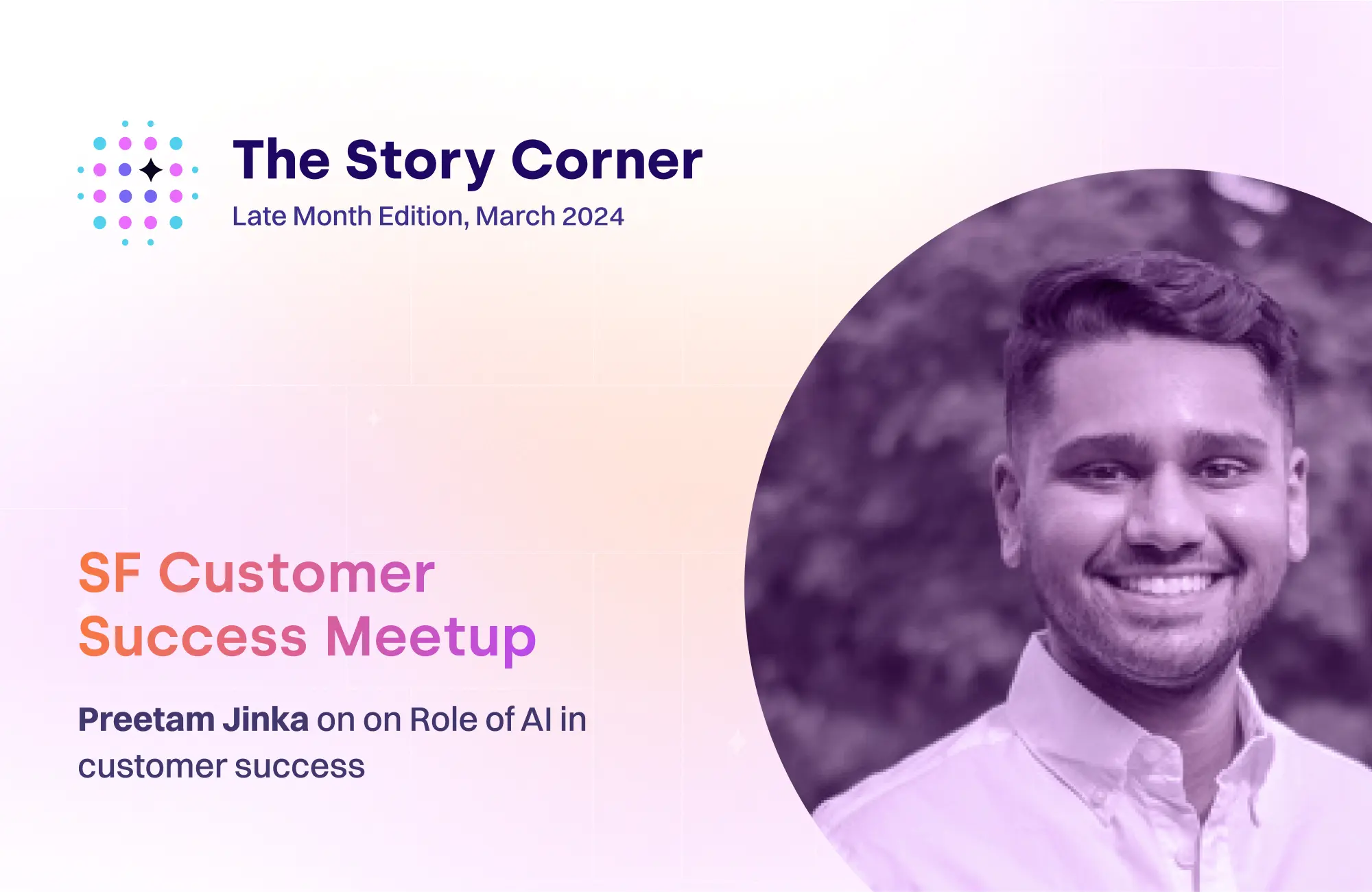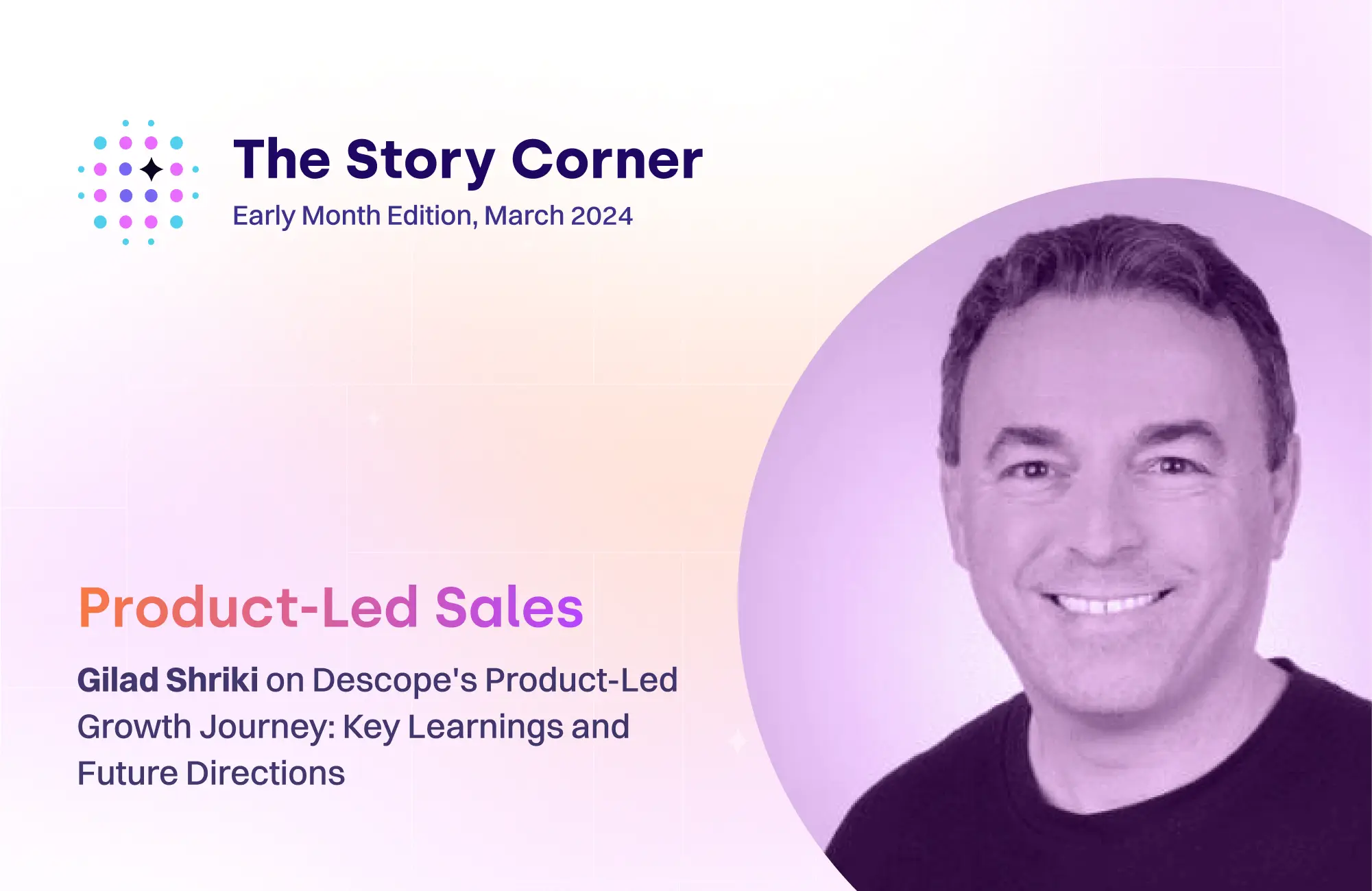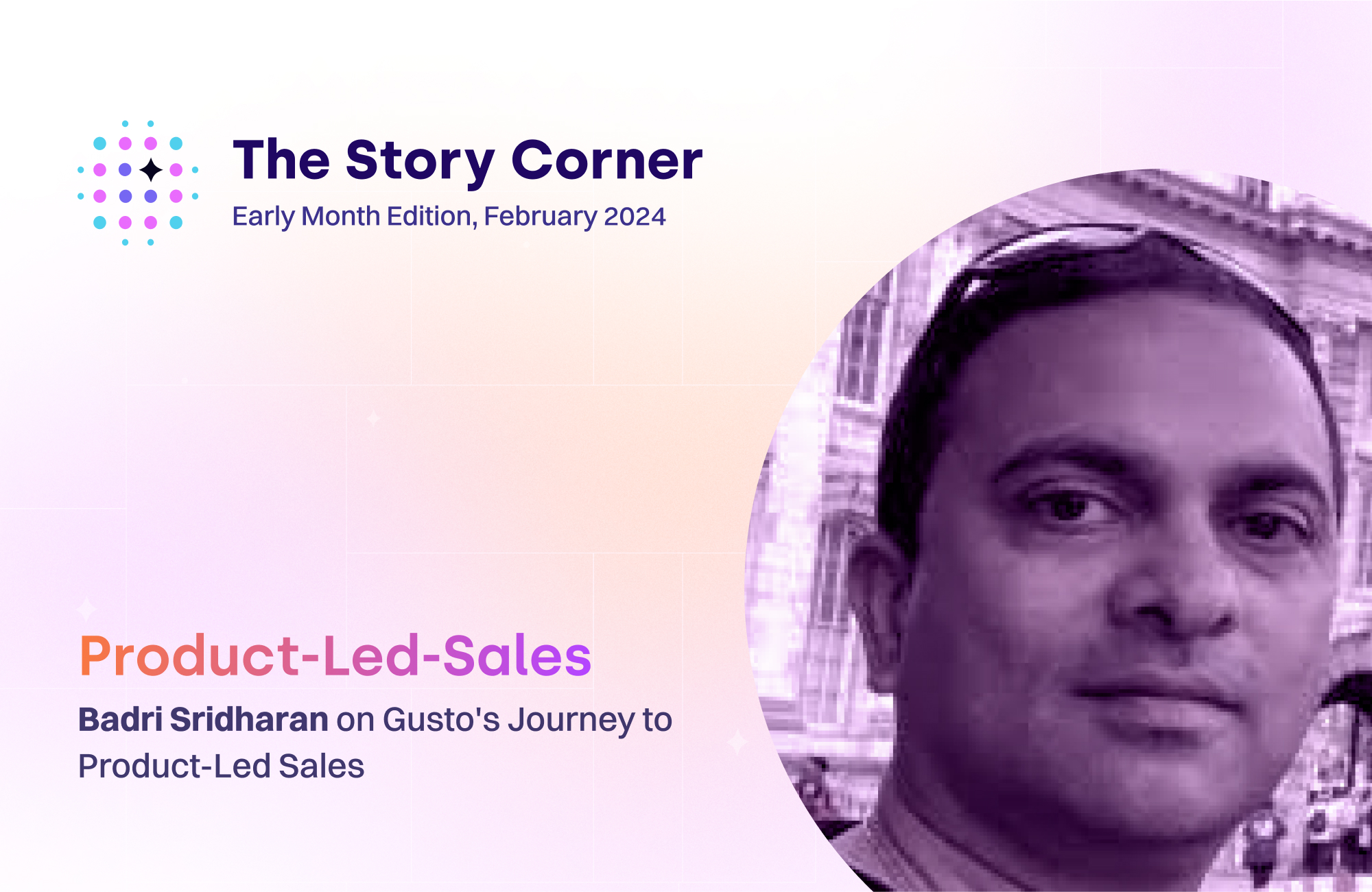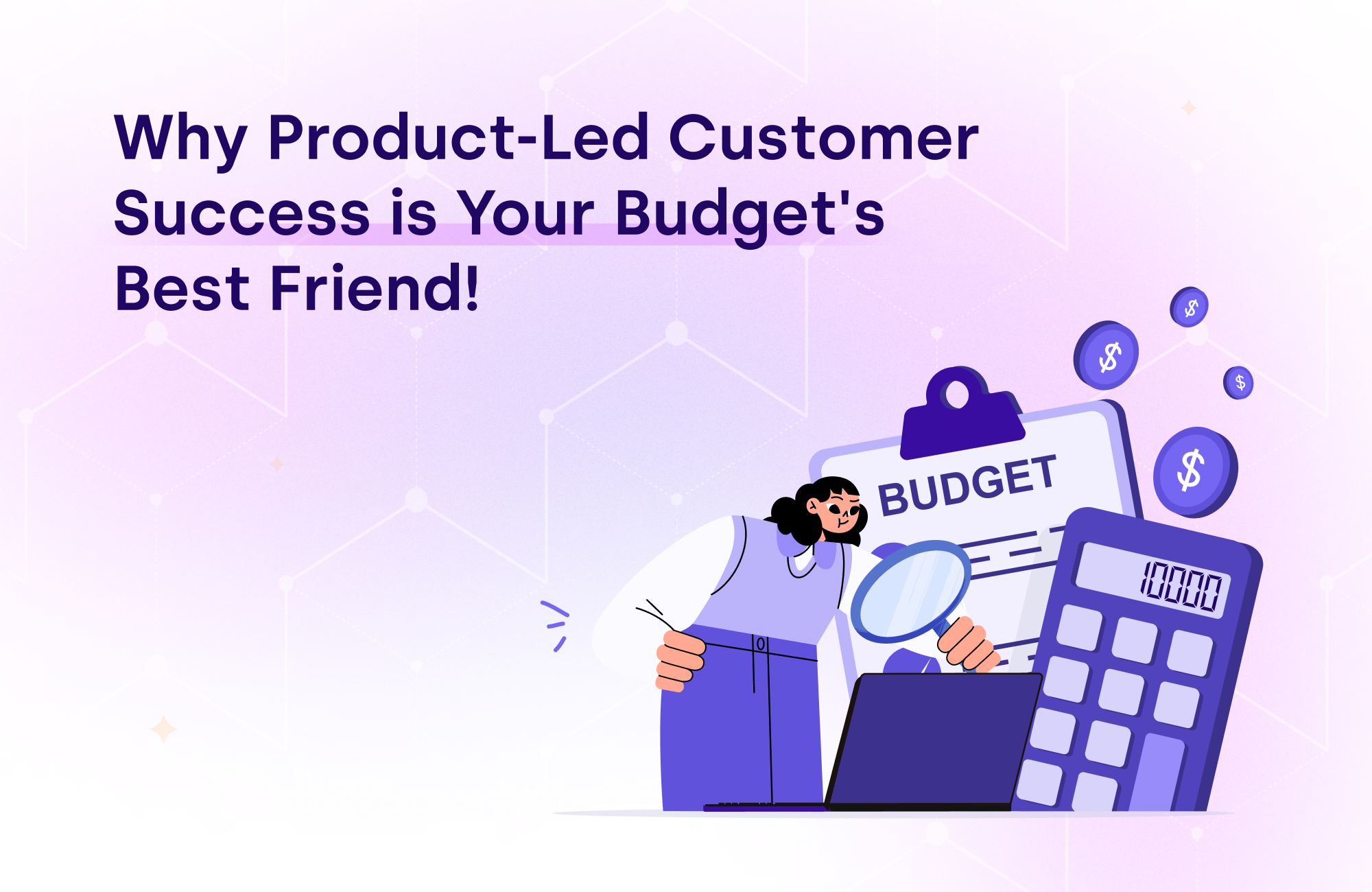In this video from a recent meetup, Manoj dives into the challenge of aligning product and sales teams in a large enterprise SaaS company. The traditional product-led growth (PLG) model, which centers around features that entice users to sign up within the product itself, isn't always the best fit for this environment. Enterprise companies that target large clients prioritize product adoption and delivering value to retain those customers over simple sign-ups.
Understanding Priorities: Boardroom vs. Product Team
Boardroom Focus: Executives at large SaaS companies have their eyes on top-line metrics. These metrics directly impact the company's financial health, such as revenue, net dollar retention (NDR), and profitability.
Product Team Focus: In contrast, product managers are primarily concerned with ensuring the product delivers value to customers. This translates to features that enhance the customer experience, drive engagement, and ultimately increase retention. They measure success through metrics like product usage, adoption rate, and customer satisfaction.
Aligning Objectives Through Mapping
Manoj bridges the gap between these priorities through a mapping system. This system translates the product team's objectives into initiatives that contribute to the company's overall growth. For instance, the product team might be tasked with creating features that improve user experience and adoption. These features, by improving the product's value proposition, contribute to the company's top-line metrics, aligning the product team's goals with the boardroom's priorities.
Focus on Value, Not Just Sign-Ups
In the context of enterprise PLG, the focus shifts from quick sign-ups to building a sticky product that delivers high value to customers. High-value use cases are introduced through traditional methods, such as customer success managers (CSMs) and product announcements. The emphasis is on ensuring a positive customer experience that keeps users engaged with the product over time. This approach acknowledges the complex sales cycles and buying processes typical of enterprise clients.
Breaking Down Silos Through Collaboration
Traditionally, product and sales teams have operated in silos with limited visibility into each other's work. Product teams may not have understood how their features were being sold, while sales teams may not have had a clear picture of the product roadmap. Aligning incentives between these teams fosters collaboration. When both sides work towards shared metrics and goals, it creates a more cohesive effort to drive overall company growth. For example, product teams might be incentivized based on metrics that reflect not just product adoption but also the upsell of new features or product lines.
The Enterprise Advantage: Building Long-Term Value
Large enterprises, with their established customer base, have a unique advantage when it comes to PLG. They can focus on building a product that solves specific customer pain points and delivers ongoing value. This strategy, while different from the quick sign-up approach often associated with PLG, can lead to high customer retention and long-term success. By prioritizing product value and customer experience, enterprise SaaS companies can foster strong relationships with their clients, ensuring recurring revenue and a sustainable business model.
Manoj highlights an important difference in large enterprise SaaS companies’ approach to Product-Led motions. These companies focus on building a valuable product that retains customers over getting quick sign-ups. To bridge the gap between product and sales teams, these companies can map product team goals (like improving user experience) to the company's overall financial health (like net dollar retention). This approach to Product-Led emphasizes delivering high value to customers through the product itself, fostering long-term success and recurring revenue.
In other things
FunnelStory hosted a dinner earlier this month in Palo Alto which brought together over 15 #customersuccess leaders for an insightful conversation. The discussion delved into the core challenges and triumphs that define the ever-evolving realm of customer success.

Some of the key takeaways from the conversations were:
Compensation drives behavior: There’s a misalignment between sales incentives for expansion and customer success goals. Leaders advocated for clear compensation tied to adoption, emphasizing the role of customer journey maps in achieving this. The Snowflake model, where sales and CSMs are incentivized based on consumption, was a positive step.
Customer Journey drives clarity: The attendees emphasized the importance of customer journey maps in driving clarity and efficiency. However, there was a debate on their effectiveness for enterprise clients, with some suggesting the need for a combined approach with joint success plans.
From customer obsession to obsessed customers: The discussion concluded with a call to move from "customer obsession" to "obsessed customers," highlighting the need to bridge the gap between viewing customer success as solely a cost or revenue function.







